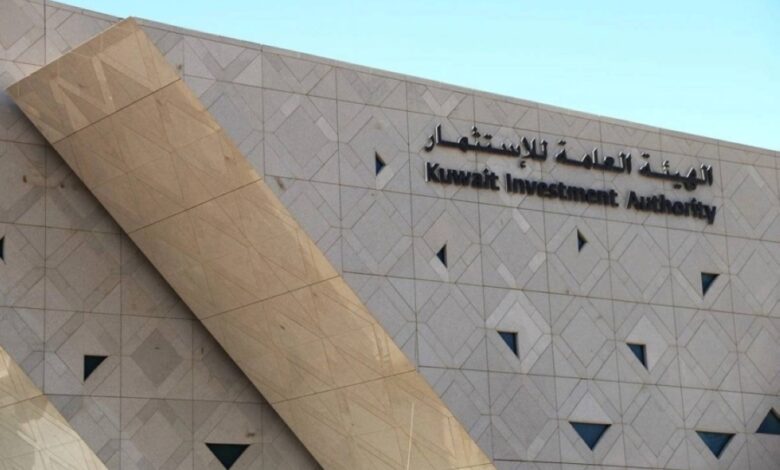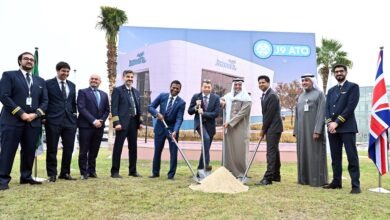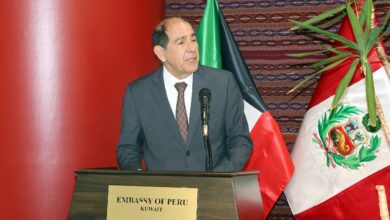KIA surpasses $1 trillion mark amid bold global investment strategy
KIA has not only crossed a symbolic financial threshold but has also proven its ability to evolve with global markets. Through a balanced mix of calculated risk, strategic divestments, and long-term alternative investments, Kuwait is steadily positioning itself as a regional and global financial leader—ready for the challenges and opportunities of the next decade.

In a landmark financial achievement, the Kuwait Investment Authority (KIA) of Kuwait has officially surpassed the $1 trillion mark in assets under management, according to the latest July 2025 Global SWF rankings. The GIA’s portfolio swelled by approximately 18.44%, rising from $846 billion in July 2024 to $1.002 trillion—a gain of $156 billion in just one year.
This substantial increase places Kuwait firmly among the global elite of sovereign wealth management. Three Gulf countries—Saudi Arabia, the United Arab Emirates (Abu Dhabi), and Kuwait—now top the global leaderboard, each managing over $1 trillion in sovereign assets, reports Al-Rai daily.
Ranked 10th globally in sovereign wealth fund assets and 3rd in the Gulf — behind Saudi Arabia’s Public Investment Fund (PIF) and the Abu Dhabi Investment Authority (ADIA) — the KIA has undergone a quiet but strategic transformation in recent years. Approximately 23% of its portfolio is now allocated to alternative investments, including real estate, infrastructure, private equity, and hedge funds.
The fund holds prominent stakes in BlackRock and Mercedes-Benz Group, showcasing a blend of traditional value and forward-thinking diversification. Analysts at AI Invest note a “fundamental shift” in the KIA’s approach, emphasizing liquidity, risk mitigation, and enhanced long-term returns over benchmark-chasing.
This evolving strategy is evident in headline-making decisions like the profitable exit from Citigroup post-2008 financial crisis, and more recently, the liquidation of multi-billion-dollar stakes in AIA Group ($3.4 billion) and Bank of America ($3.1 billion).
Despite recent challenges, including a 60% drop in net profits due to rising interest rates and mega project delays, Saudi Arabia’s PIF remains the largest in the Gulf with $1.15 trillion in assets under management. PIF, which backs mega-ventures like NEOM, Red Sea developments, and global titans like SoftBank, is still on track to hit $2 trillion in assets by 2030, according to Global SWF.
In close pursuit is Abu Dhabi’s Investment Authority, with $1.11 trillion in assets, and a reputation as a global powerhouse in private markets. ADIA allocates 32% of its portfolio to alternative assets, and ranks 5th globally.
Both Gulf rivals, like Kuwait, have made alternative investments a core strategy, reflecting a regional trend of active global engagement and long-term wealth preservation.
Despite the Gulf’s impressive showing, the top global position is still held by Norway’s sovereign wealth fund, Norges, which manages an unparalleled $1.76 trillion. It is followed by China’s Investment Corporation (IC) with $1.41 trillion, and China Investment Corporation (CIC) with $1.33 trillion.
Beyond the KIA, other Kuwaiti financial institutions also made the global rankings. The Central Bank of Kuwait, founded in 1969, came in at 163rd worldwide, with $47 billion in assets.
Meanwhile, the Wafra International Investment Company, managing $137 billion on behalf of the General Organization for Social Insurance (GOSI), ranked 76th globally. Notably, 40% of Wafra’s portfolio is also allocated to alternative assets, aligning with the broader strategy embraced by Kuwait’s top investment arms.
KIA has not only crossed a symbolic financial threshold but has also proven its ability to evolve with global markets. Through a balanced mix of calculated risk, strategic divestments, and long-term alternative investments, Kuwait is steadily positioning itself as a regional and global financial leader—ready for the challenges and opportunities of the next decade.













